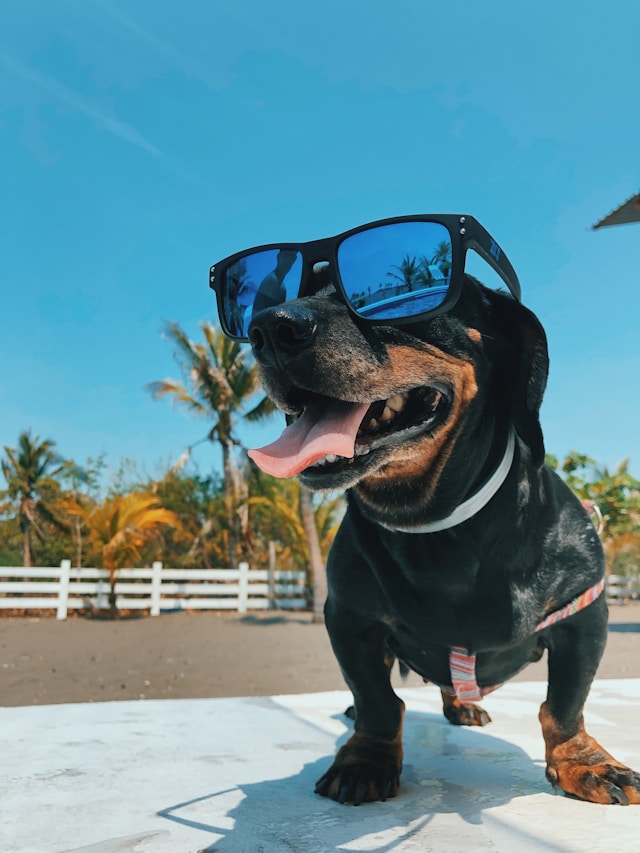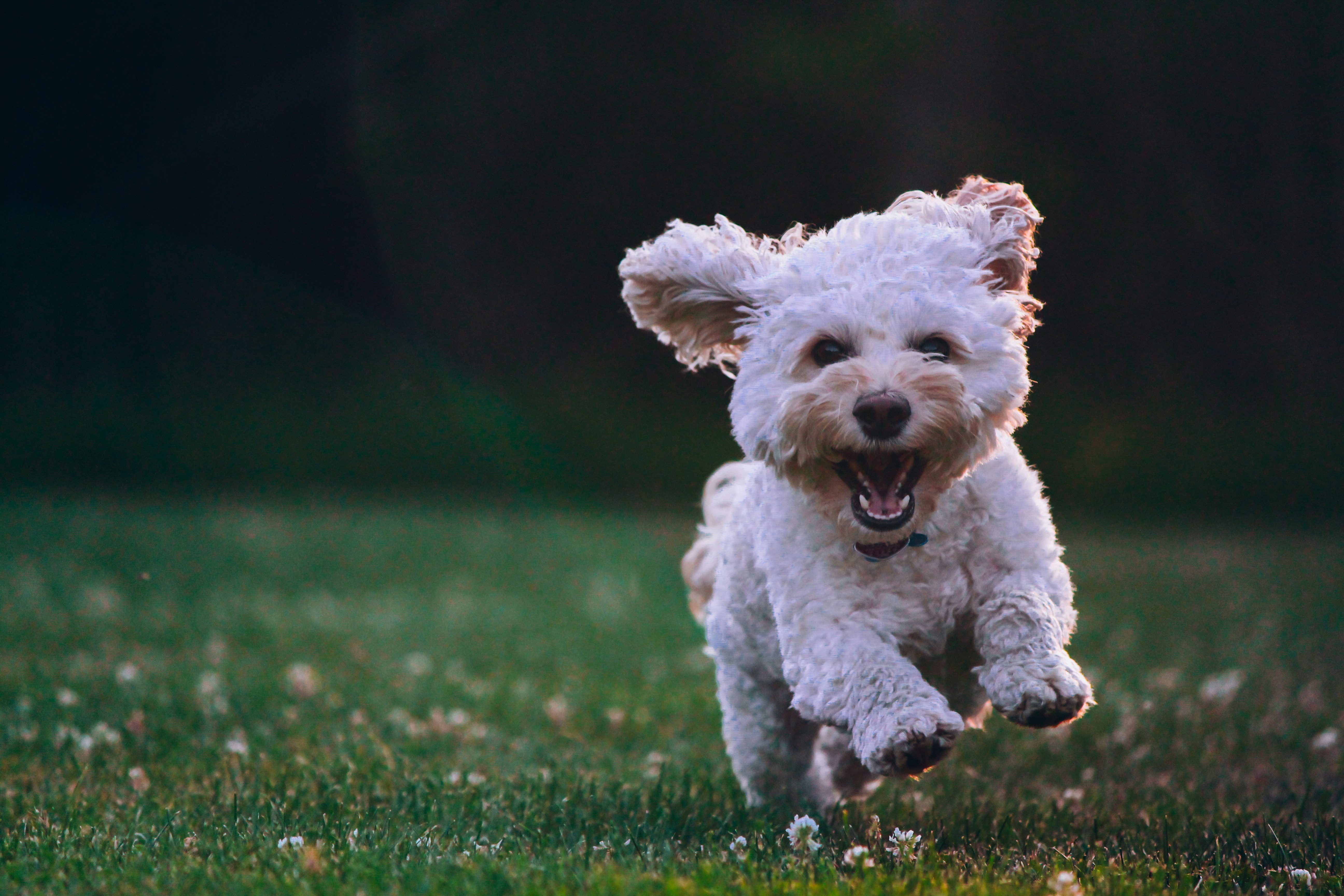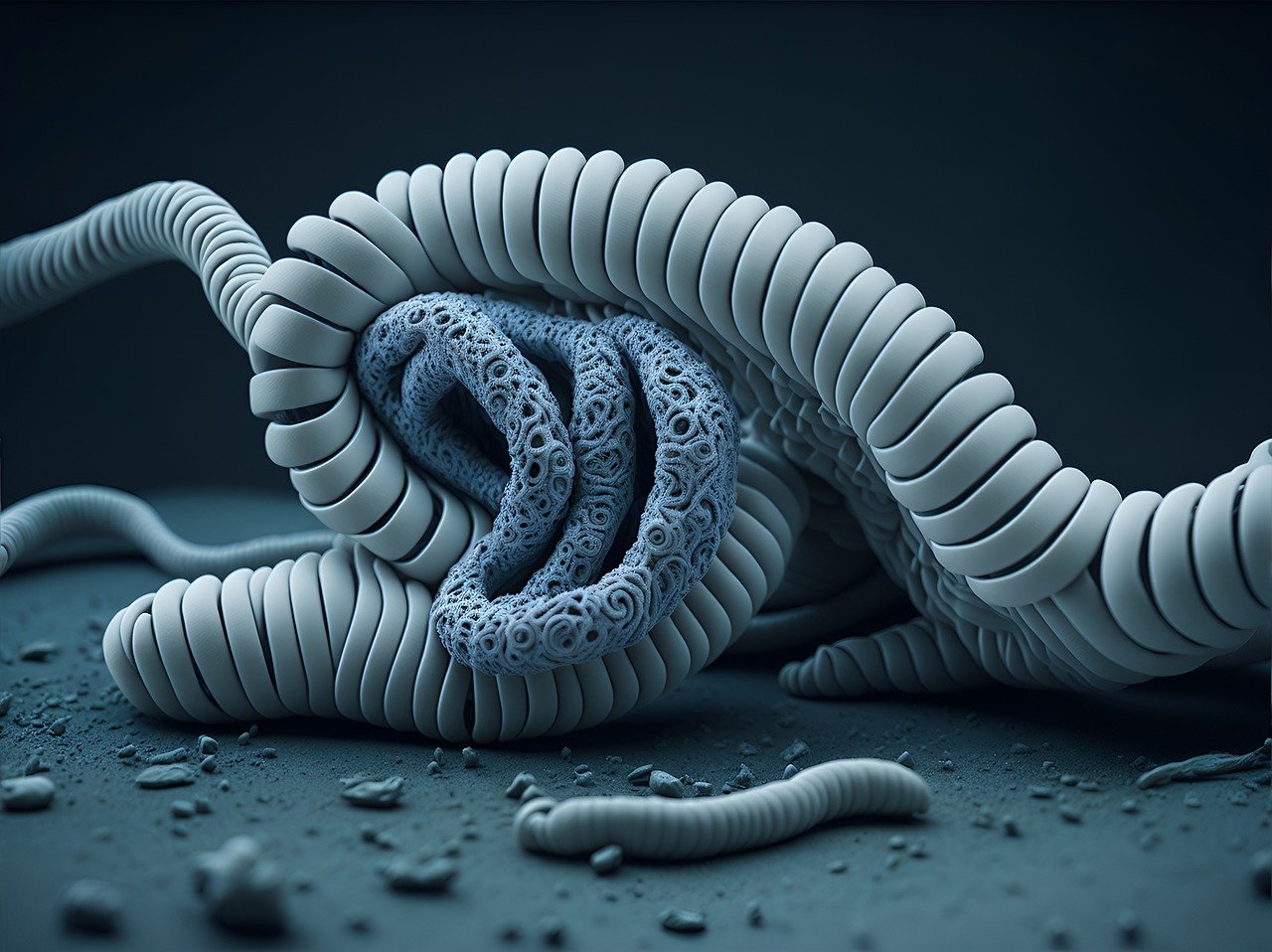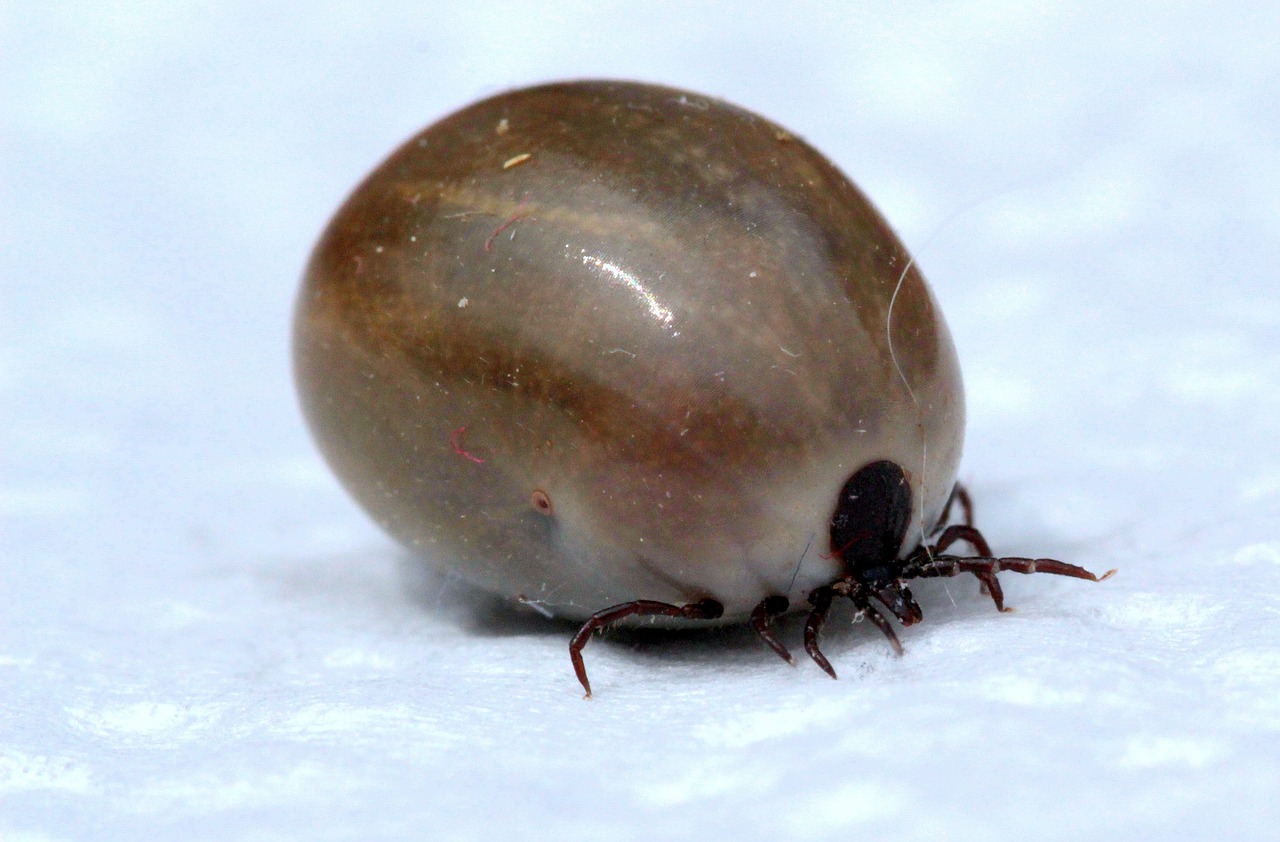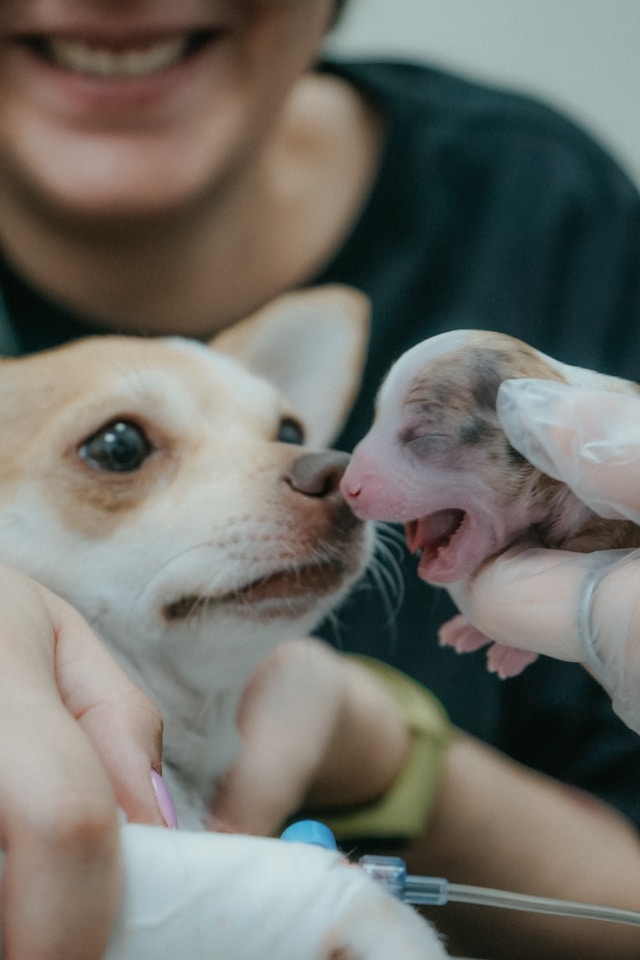Australian Cattle Dog

| Official Name | Australian Cattle Dog |
| Common Name | Australian Cattle Dog |
| Pet Height | 18 to 20 inches |
| Pet Weight | 35 to 50 pounds |
| Lifespan | 12 to 16 years |
| Good With | children, families |
| Temperament | aloof, outgoing, playful, willful |
| Intelligence | high |
| Shedding Amount | seasonal |
| Exercise Needs | high |
| Energy Level | active |
| Vocal Level | when necessary |
| Drool Amount | low |
| Breed Group | herding |
| Breed Size | medium (26-60 lbs.) |
| Coat Length | short |
| Colors | blue, gray, red |
| Patterns | flecked / ticked / speckled, merle |
| Other Traits | cold weather tolerant, easy to groom, easy to train, good hiking companion, highly territorial, high prey drive, hot weather tolerant, strong loyalty tendencies |
The Australian cattle dog, the blue heeler, is loyal, affectionate, and independent. They’re perfect companions for active people who can deal with this breed’s intelligence, level of activity, and attentiveness.
They’re not just content with running around; they might even guide you along the sidewalk, driveway, and into the car. People sometimes call them ACDs for short. They're brilliant and fast, and they enjoy having tasks to do. They're like those skilled athletes but for getting stuff done.
A pet expert, Karen Shaw Becker, who knows a ton about animals and even started Dr. Becker's Bites, says these dogs need things to keep them busy daily. They are different from the type just to lounge around. If you don't give them fun and positive things, they might find not-so-great things to do, like destroying furniture.
Australian Cattle Dog Appearance
An Australian cattle dog has oval-shaped brown eyes that sparkle with attention. Its ears are pointy and stand up, showing it’s focused on you. The shape of the head is round and wide, with its nose area that is short and sharp. These breed tails are thick and hang down roughly on their backside.
Standing about 19 inches in height and weighing 35-50 lbs., though this breed’s appearance is not muscular, its lean proportioned body has a solid structure that gives control and strength. Australian Cattle Dog has a short and thick outer coat, and its soft undercoat protects it from intense weather conditions.
This breed’s colors symbolize his diverse culture, including wild Australian Dingo, Collie, and Dalmatian ancestry. They come in various colors and patterns, such as blue, white, gray, or red, which makes their unique appearance. You will not see two similar coats, but they have one constant feature: the different color spot on one or both of their eyes that varies from the shade of their muzzle.
Australian Cattle Dog Personality
The Australian Cattle Dog is an active, loyal, energetic, and sporty breed. They have a boundless energy committed only to the owner. They can be exceptional watchdogs due to their devotion to people, being watchful, along with their loud and high-pitched bark. Though they may withdraw from an unfamiliar person, they show a lot of love to their human families.
Since these breeds were created for herding cattle at a great range, they have a lot of stamina and intelligence. So, if you have an active lifestyle and are seeking adventure, the Australian Cattle Dog is a perfect companion.
Australian Cattle Dog Living Needs
Since they have endless energy, these breeds will not be happy living in an apartment or waiting for their owner to return home for a long time. Suppose your Australian Cattle Dog will not be with you on an activity; ensure to augment the surroundings, such as a tall, protected barrier where your dog can do activities or play safe and sound. These dogs jump high, even over a 6-foot wall, especially when going after a Frisbee.
Because they're wired to protect their herd, Australian Cattle Dogs can have a strong urge to chase and catch things, so introducing them to other pets in the family might be tricky, especially if they're not young puppies. Older dogs of this breed usually do better as the only pet in the household. They can sleep outdoors in a safe space at night but prefer to be inside with you. However, if you've had a day full of activities together, he might not care where he sleeps as long as he knows there's more fun with you tomorrow.
Australian Cattle Dog Care
An Australian cattle dog is not into fancy grooming. His coat is thick and practical. It's smooth, tidy, and not very oily, so just a quick brushing each week with a short-bristled brush will keep him looking good. He usually smells okay, but a bath every few months is helpful if he gets dirty.
Twice a year, these dogs "shed their coats," which means they lose a lot of fur, usually in spring and fall. During these times, you'll need to brush him more often to remove the loose, dead hair. Grooming your Australian Cattle Dog also consists of brushing their teeth, trimming their nails, and cleaning their ears.
Australian Cattle Dog Health
These breeds were raised to have unbelievable endurance to withstand extreme heat and intense cold. But like any other breeds, they are also inclined to health issues such as hip and elbow and dysplasia, heart and eye concerns, and some are born deaf due to genetics. When getting a puppy, ensure the parents have been checked for these issues and ask for the test results. Your vet will tell you when they need tests at different ages. Taking care of them with a healthy diet and exercise can help them live a long life, usually between 12 to 16 years.
Australian Cattle Dog Exercise Requirements
Ensuring your Australian Cattle Dog gets enough exercise daily is super important, and they excel best for at least one (1) hour of physical activities daily. Going for an adventure outside with their owners is one of the things they enjoy doing. They're good at running and moving around, which makes them excellent companions for jogging or hiking once they're all grown up. It will be best to discuss with the vet the proper kind of exercise this breed needs.
It is also recommended to avoid extreme or tedious activities, such as running or jogging, until they mature at around 12 to 18 months. These activities can harm their developing bones and cartilage, leading to pain and future joint problems.
Australian Cattle Dog Training
These breeds' active and high energy level should match their daily activities because if they cannot, it may cause them to be hyperactive and may cause unnecessary behavior problems. Begin training and socializing these breeds when they are still young to help them comfortably meet new people, children, and other animals throughout their lives. To ensure a positive training experience for these breeds, spending time and effort is essential in using positive reinforcement training techniques.
Since these breeds have fantastic endurance, you can teach or enroll them in obedience or agility courses. If you have a large backyard, you can create an obstacle course for their mental health, such as ladders, poles, tunnels, or high jumps.
Australian Cattle Dog History
The Australian Cattle Dog was developed by mixing different dog breeds to produce a perfect cattle dog for the rugged land in Australia. The people who cared for cattle needed dogs that could move herds of animals from where they grazed to the market, which could be hundreds of miles away. The herding dogs they brought from England needed to work better in the hot climate or for long trips.
Around the late 1820s, Thomas Hall in New South Wales crossed tamed wild dogs called Dingoes with smooth-coated merle collies. After working on these dogs for a couple of decades, he made what came to be the Australian Cattle Dog, named Hall's Heelers. These dogs were kept in his family until he passed away in 1870, and they were a big success for herding cattle.
When other people got access to Hall's Heelers, they became popular with folks who liked showing off their dogs rather than using them for work. This change in the 1880s led to having official rules about how these dogs should look, which became a breed standard in 1903. But this period in the Australian Cattle Dog's history is still debated. Some say that a family called the Bagusts, who were essential breeders then, mixed them with Dalmatians and Kelpies to make the modern Cattle Dog. Others think this couldn't have happened based on the timeline. Some theories don't mention Hall's Heelers and say George Elliot started mixing Dingoes and collies to make the Cattle Dog. No matter the background, these dogs helped work in Australia.
The Queensland American soldiers learned about the Australian Cattle Dogs during World War II. They decided to bring them back to the United States. But it was only in 1980 that AKC (American Kennel Club) officially acknowledged them as Australian Cattle Dogs.
Australian Cattle Dog Fun Facts
Bluey, an Australian cattle dog, is one of the oldest dogs ever. Born in 1910, he worked as a herder until he was a whopping 20 years old – that's like being 103 in human years! He died at the age of 29.
These breeds are also called "shadow dogs" because they desire always to stay close to their owners. They stick around like velcro. Even famous folks like actors Matthew McConaughey and Owen Wilson and TV personality Mike Wolfe from "American Pickers" have had Australian cattle dogs as companions.
You might have seen some of these dogs with shorter tails. Those are a type known as American stumpy tail cattle dogs, recognized by the American Kennel Club as a separate breed from Australian cattle dogs. They are like cousins, similar but still different breeds.
Get insurance plans with wide-ranging coverage options








